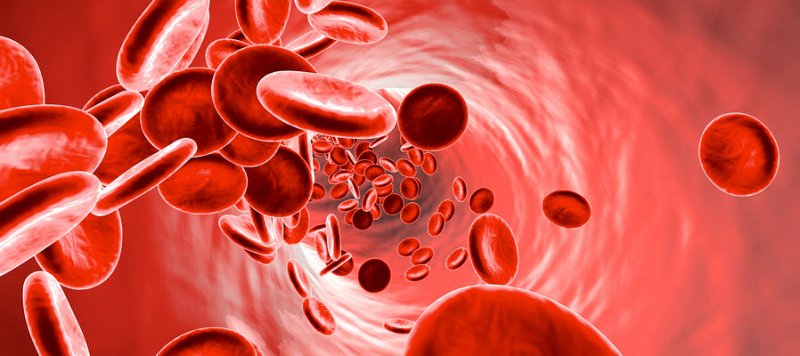The flow state is a scientifically studied, measurable shift in mental functioning, often associated with peak performance, psychological clarity, and deep emotional regulation. Known as being “in the zone,” this experience merges cognitive activation, neurophysiological balance, and a refined sense of present moment awareness.
This article explores the psychological mechanisms, neurobiological triggers, and conscious training principles that facilitate access to this optimal state of mind-body alignment.
What is the Flow State?
First defined by Mihály Csíkszentmihályi, flow refers to a state where thoughts, actions, and sensations are so synchronized that self-consciousness disappears and time distortion arises. In such states, people report feeling an intense sense of accomplishment, motivation, and positive emotion.
This state is closely linked to concepts in psychology, cognitive science, and even therapeutic practices like mindfulness and psychotherapy. In traditional wisdom, it's comparable to trance, or the altered state of consciousness described in meditation, neurotherapy, or emotional healing practices.
Neurobiological Foundations of Flow
Flow is not abstract it corresponds to specific neurocognitive dynamics. Let’s break down what’s happening in the brain during this mental and emotional phenomenon.
1. Transient Hypofrontality
One of the key mechanisms is transient hypofrontality a reduction in activity in the prefrontal cortex, the part of the brain responsible for self-awareness, verbal control, judgment, and psychic inhibition. This temporary deactivation promotes fluid thinking, non-linear cognition, and stimulus immersion, without interference from the inner critic.
This phenomenon is consistent with observations in neuroimaging, brain stimulation studies, and cognitive therapies designed to help people let go of conscious overcontrol.
2. Emotional and Neurochemical Shift
The flow state is associated with a cascade of emotional and neurochemical events, including a reduction in anxiety, enhanced motivation, and stimulation of the nervous system. Neurotransmitters like dopamine and serotonin support an experience of cognitive integration and emotional balance crucial for people learning to manage stress, release emotional overload, or enter an ecological state of being.
Flow supports neural plasticity, executive functions, and long-term memory formation all central to mental well-being and cognitive development.
3. Brainwave Synchronization
Flow is often accompanied by a shift from beta waves (alertness) to alpha (relaxation), theta (deep intuition), and eventually delta (integration). These transitions reflect changes in mental states, cerebral activation, and emotional awareness.
This synchrony is also observed in sophrology, relaxation psychosomatique, and functional neurotherapy sessions. The brain-body connection is fully engaged, including motor coordination, cognitive control, and sensory awareness.
Flow Is Not a Skill It’s an Intrinsic Human Capacity
Contrary to popular belief, flow is not a skill you learn, but a state you allow. It arises from a unique combination of internal alignment, emotional openness, and cognitive readiness. This aligns closely with humanistic psychology, empathy-driven leadership, and personal development approaches rooted in positive psychology.
Flow requires an ability to stay with the discomfort, to calm the nervous system, and to trust the unconscious to guide the process. Cognitive practitioners, psychologists, and even sophrologues recognize this state as a gateway to neurocognitive regeneration.

How to Recognize and Support Flow
Early signs of flow include:
-
Deep mental absorption
-
Diminished verbal processing
-
A strong connection to bodily sensations
-
A shift toward positive cognition and emotional fluidity
-
A timeless sense of awareness and inner serenity
This can be accompanied by a state of emotional neutrality or a peak of extase, depending on the individual’s emotional context and neural sensitivity. Recognizing flow may also involve noticing a suspension of the ego, the disappearance of self-referential thoughts, and the experience of pure stimulus immersion.
Practices That Encourage Flow
Certain intentional behaviors and routines can dramatically increase the likelihood of entering flow:
-
Mindful breathing and relaxation-based practices
- Nootropic Supplements Program
-
Sustained concentration without distraction
-
Tasks that balance challenge and competence level
-
Recovery periods to manage emotional and mental fatigue
These routines enhance mental stimulation, cognitive focus, and the stability of emotional states. Over time, the practice of releasing control, centering, and cultivating presence leads to easier access to flow.
Some therapeutic approaches such as EMDR, EFT, guided imagery, or verbal therapy have been reported to induce similar altered states of neural coherence and conscious regulation.
Final Reflections
Flow is a natural capacity of the human brain not a mystical gift, but a psychobiological condition of enhanced alignment. By creating space for relaxation, cognitive freedom, and emotional neutrality, we open access to a state that merges the psychological, the cognitive, and the spiritual.
In the context of neurosciences cognitives, emotion regulation, or even therapeutic leadership, flow represents a frontier for conscious achievement.
Sources:
-
Mihály Csíkszentmihályi. Flow: The Psychology of Optimal Experience
-
Baylor College of Medicine, Johns Hopkins University neuroflow studies
For further exploration, visit our articles on Biohacking and Neurohacking, which examine neuro-rituals and optimized states of mental focus.



